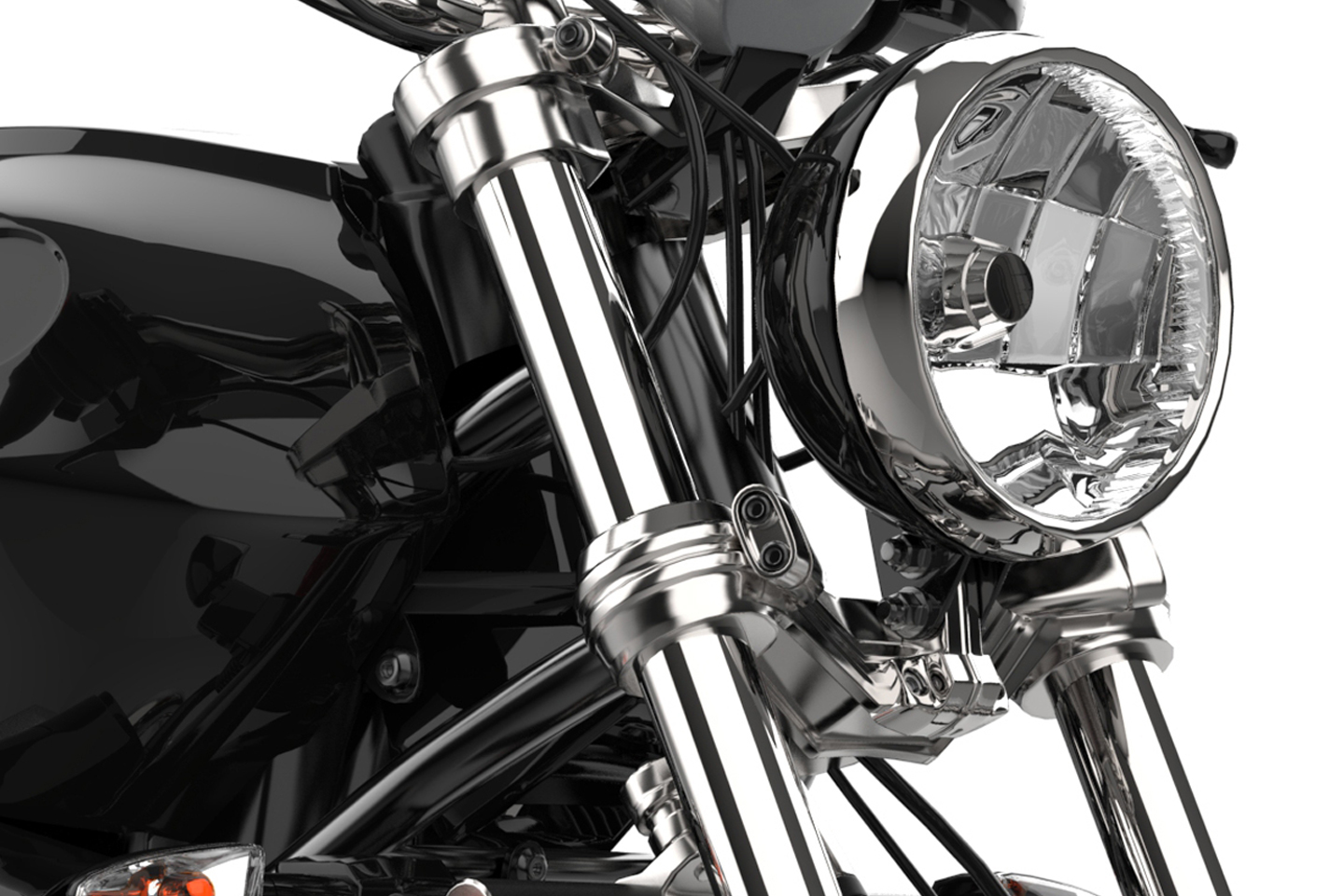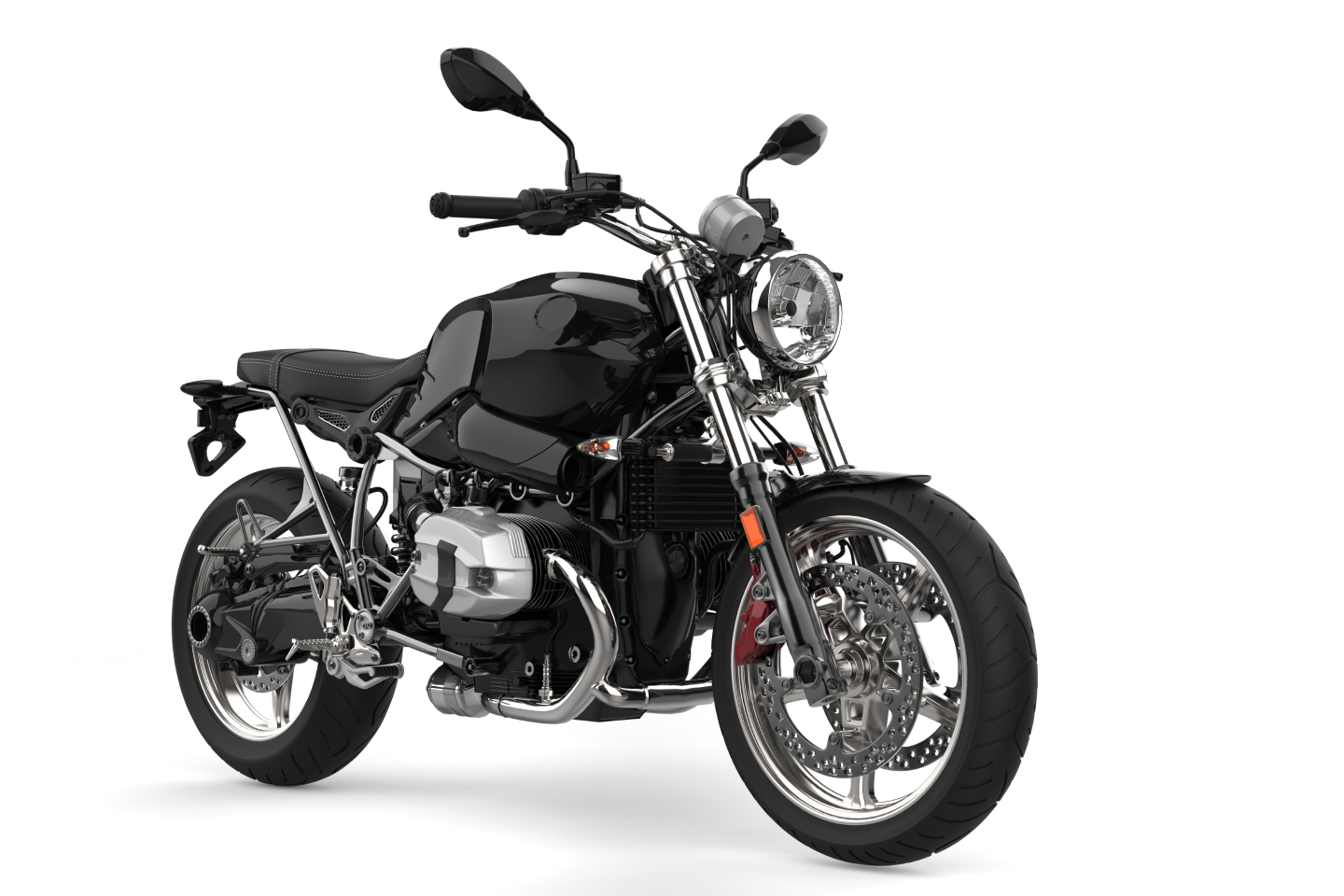

The task
A premium motorbike manufacturer commissioned us to optimise the basic concept of the frame including add-on parts such as fork, headstock frame and rear swingarm with regard to weight. At the same time, challenging specifications regarding the stiffness of the entire vehicle had to be adhered to in order to be able to estimate the driving behaviour as best as possible in advance. It was also very important to design the optimised structure in such a way that it could not only be manufactured as a series part, but could also be produced economically.
The challenges and solutions in detail
- The entire assembly was broken down into individual components and then optimised with regard to their individual requirements. In the process, methods such as parametric laminate optimisation and topology optimisation were used.
- For example, a weight saving of up to 40% was achieved for the control head frame. The stiffness was only reduced by 10% in comparison to the previous steel construction. Thus the target was target was achieved.
- These challenging conditions were exacerbated by the fact that the manufacturing process was not allowed to change.
- The project was successfully handled thanks to our skills in composite lightweight design with a special focus on parametric optimisation, as well as the topology optimisation of load-bearing structures. Equally helpful was our knowledge in production planning.
Our know-how
The following competences at ar engineers led to success in this project:
- Handling complex projects with a flexible team
- Topology optimisation using advanced algorithms
- Creation of reduced order models by means of DOE (Design of Experiments) to efficiently investigate response trends and parameter dependencies
- Parameter identification and optimisation of desired properties
- Validation of the optimised structure using FEM
- Transfer of the results into economically manufacturable components
Our way
In complex projects, we recognise the possibilities of optimising individual assemblies and components. It is especially important to optimise their respective influence on the overall performance and thus to improve each component in the global context of the assembly. Always keeping in mind that all of these components must be economically manufacturable.